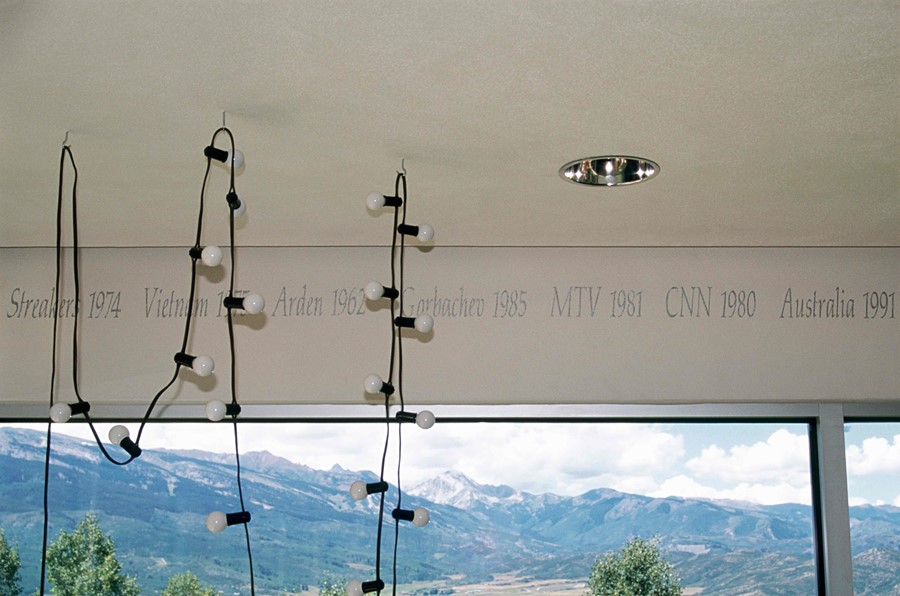As a sprawling new exhibition opens at David Zwirner in New York, we offer a five-point guide to the playful, pioneering conceptual work of Felix Gonzalez-Torres, which dealt with Aids, intimacy and activism
Felix Gonzalez-Torres was a pioneering conceptual artist, bringing significant activism to playful participatory works. David Zwirner is now showing a sprawling exhibition across its three New York spaces, including some of the artist’s most well-known installations. The gallery will also display two pieces conceptualised in the 1990s for the first time ever.
Gonzalez-Torres was born in Cuba in 1957 and moved to the United States in 1979. He described himself as an American artist and was a prominent name in New York City’s thriving creative scene during the 1980s and 90s, pushing the limits of audience interaction and often inviting viewers to become part of the work. One of his most iconic series consists of giant piles of candy in coloured wrappers that viewers are invited to take as the supply keeps being refilled to an ideal size and weight specified by the artist.
This series highlights the artist’s characteristic combination of personal and political subject matter. One iteration of the work, “Untitled” (Portrait of Ross in L.A.), was created in 1991, following the death of his partner Ross Laycock shortly after he was diagnosed with Aids. Gonzalez-Torres stipulated that the pile should always weigh 79kg, which matched Laycock’s healthy weight. The artist died himself from Aids-related causes in 1996.
1. Gonzalez-Torres was part of radical artist collective Group Material in New York
Collaboration was at the centre of his practice, whether through his activism, audience participation or work with other artists. From 1987 to 1991 he was part of the New York collective Group Material, which had a strong focus on community engagement. Created by artists including Julie Ault and Tim Rollins, the group pushed against the dominance of neo-expressionist painting and the impact of the art market on artists’ perceived success. They favoured group exhibitions, where no one artist would take pride of place, and rejected the popular white cube space. In 1989 the group created a detailed research timeline into the cultural and political response to the Aids crisis in the US and Latin America.
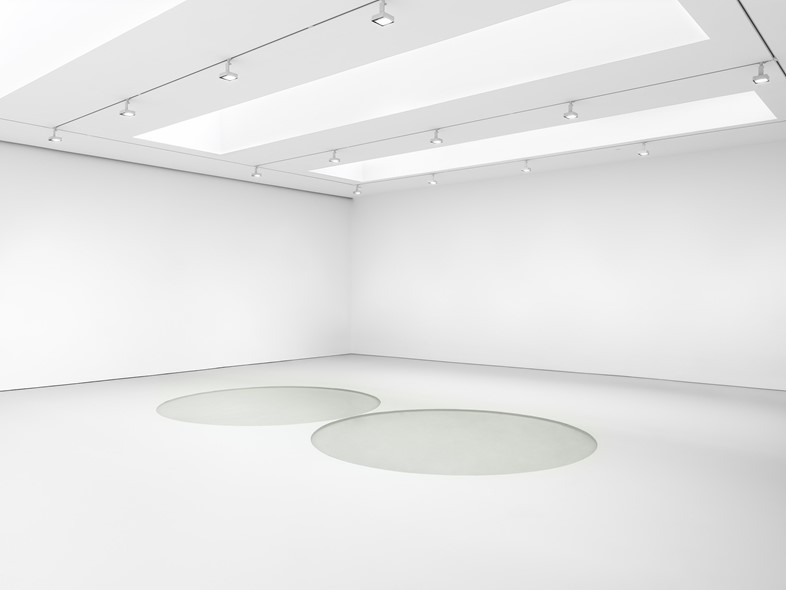
2. He was a unique, personal voice in the art world during the Aids crisis
Many of Gonzalez-Torres’s works related back to the crisis. As well as his “Untitled” (Portrait of Ross in L.A.), the artist made numerous pieces which spoke to his first-hand experience of being in a same-sex relationship impacted by Aids. Perfect Lovers (1991) is a conceptually simple work in which two battery-powered clocks are hung side by side, set to the same time. Gradually the batteries wear out and eventually stop working. The piece explores the incremental loss of sync between a couple and the inevitability that one partner will be the first to die. “Don’t be afraid of the clocks, they are our time, the time has been so generous to us,” he wrote to Ross shortly after his partner’s diagnosis. “We are synchronised, now forever. I love you.”
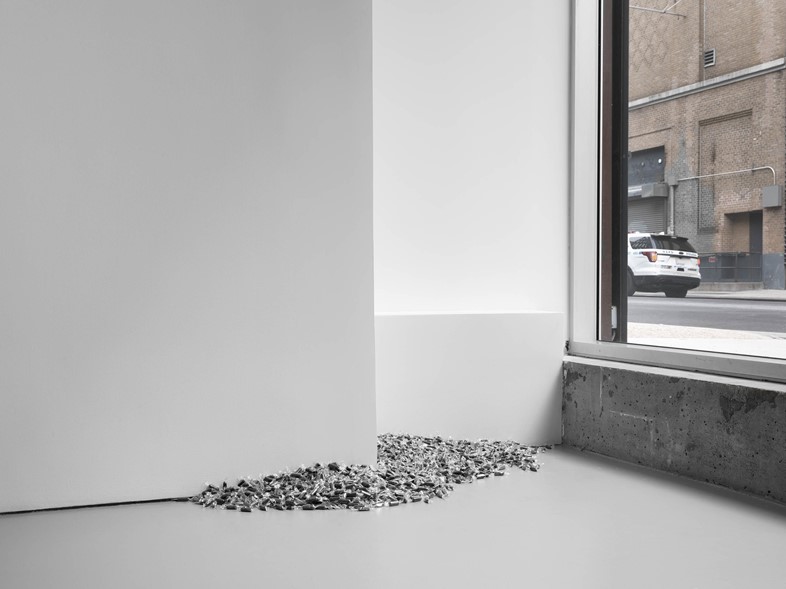
3. He regularly broke the fourth wall, turning viewers into performers
Gonzalez-Torres often invited his viewers to become part of the work with simple gestures such as taking a piece of candy. He wanted to change the passive experience of art viewing, shocking the viewer into a real relationship with art. His pieces were equalisers, creating a level ground between artist and viewer. “I need the viewer,” he said. “I need public interaction. Without the public these works are nothing. I need the public to complete the work.” The sensation of touch, so often completely forbidden within art galleries, was actively encouraged in his work.
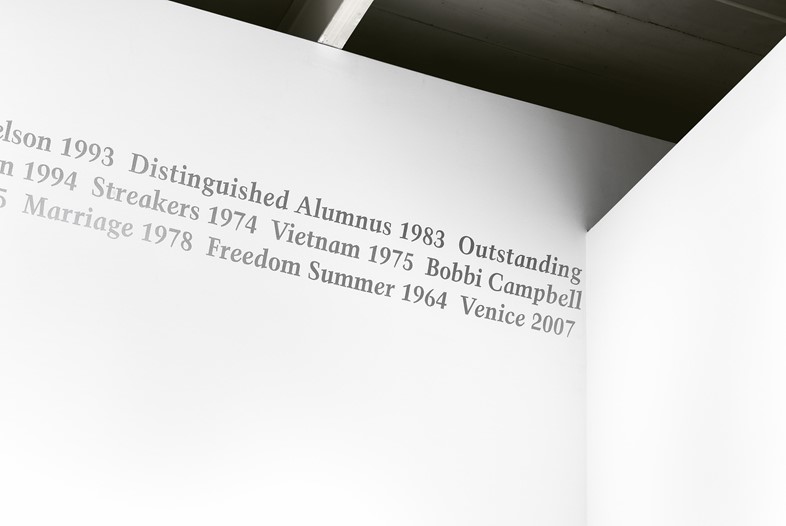
4. Gonzalez-Torres worked with open-ended parameters, occasionally inviting the owners of his work to make key decisions on display
Purchasing a Gonzalez-Torres piece sometimes involved taking an active role in recreating the work. Each of David Zwirner’s spaces will display a version of the artist’s word portraits “Untitled” (Portrait of the Magoons) from 1993. These works come with a multitude of possibilities, comprising significant phrase and date pairings (for example, “MTV” shown alongside its launch year “1981”) to be painted at “frieze” level on the gallery walls. When the original owners of these pieces lend the artworks for display, they are able to stipulate the exact combination used or extend that right to someone else.
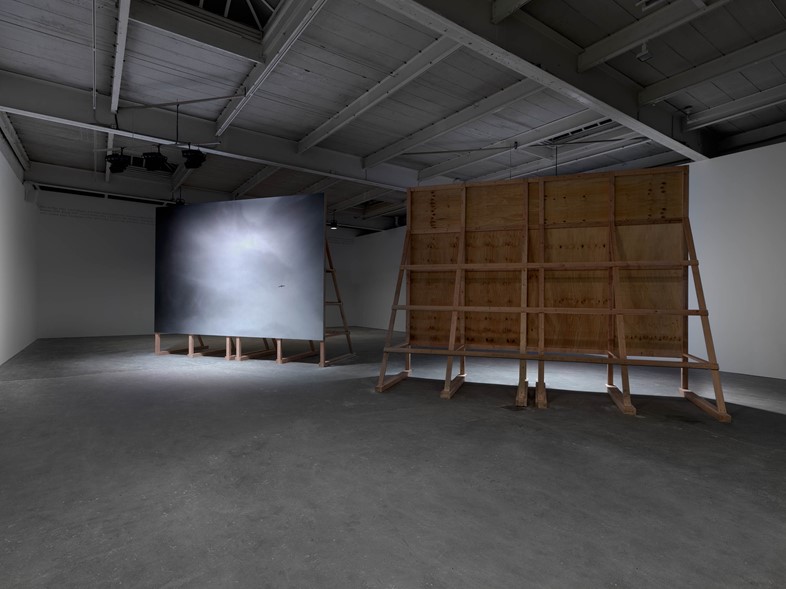
5. He conceptualised works before his death which are only being shown now
“Untitled” and “Untitled” (Sagitario) (1994–1995) were both conceptualised by the artist before his death. They were originally planned to be shown in an exhibition at CAPC Musée d’art Contemporain de Bordeaux during his lifetime, but it never went ahead. Both pieces will now be shown as intended at David Zwirner in New York. The first comprises two free standing billboards, placed so that the viewer can see the front of one and the back support of the other. Each displays a monochrome image of a bird flying through cloudy skies. The billboards are accompanied by timed sounds and theatrical lighting. “Untitled” (Sagitario) is made of two round, reflective pools embedded into the gallery floor at ground level. The pools just touch and almost share water. The possibility of fluids moving between the pools speaks to ideas of both intimacy and contamination, leading back to the threat of illness and death that is ever present in his works.
Felix Gonzalez-Torres is on show at David Zwirner in New York until 25 February 2023.
